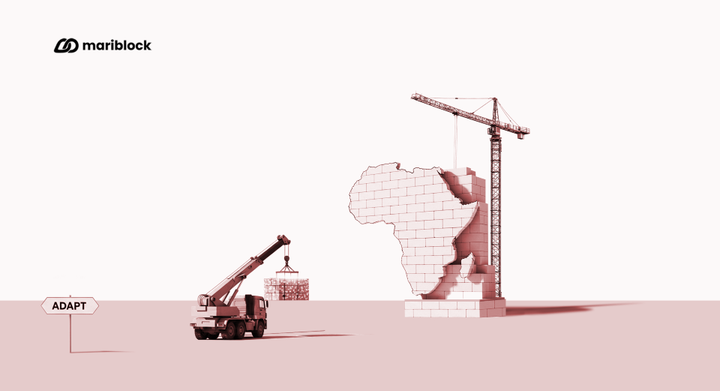Stripe goes global with stablecoins — but skips Africa’s big four
Previously, Stripe could only serve 46 countries. Now, the firm’s product is available in more than 100 countries excluding Africa’s big four.

Two weeks ago, global payments company Stripe announced a new stablecoin-based payment system for businesses around the world. Dubbed stablecoin financial accounts, the feature is powered by Bridge, a stablecoin infrastructure firm that Stripe recently acquired. It allows instant money transfers to and from 101 countries.
With this new feature, businesses can receive both fiat and crypto payments using a single account and send money across borders to any supported country.
However, the product is not available in the United States, the United Kingdom, or the European Union. And while it expands Stripe’s reach in Africa, it notably excludes the continent’s four largest economies: Egypt, Kenya, Nigeria, and South Africa.
How it works
The stablecoin financial accounts feature lets businesses in the supported countries hold and maintain borderless, stablecoin-denominated accounts.
- They can only fund these accounts with or receive payments in the US dollar, euro or the USD-pegged stablecoin, USDC.
- On the back end, Bridge, which facilitates the accounts, holds account balances in USDC and its close-looped USD-pegged infrastructure stablecoin, USDB.
- The feature only allows for USD deposits via wire transfer or automated clearing house (ACH), euro deposits via the Single Euro Payments Area (SEPA) and USDC deposits via eight selected chains.
- According to the feature’s documentation, payouts into other accounts can only be made in USD and via wire transfers, ACH and crypto wallet transfers.
Dive deeper
- The stablecoin financial accounts feature helps Stripe to pool together fiat and decentralized payments into one central account. Users can deposit into one account using any of the supported fiat currencies or USDC and can transfer USD from the account to their own personal accounts or to other people.
- Speaking at the firm’s three-day in-person conference Stripe Sessions earlier in the year, Stripe’s CEO Patrick Collison said it was important for the company to merge crypto and stablecoin payment rails to drive adoption for the latter. He said,
“As a firm, there has been a huge barrier at the platform infrastructural orchestration layer because if you have to go and set up a completely separate, parallel stack for handling crypto stuff, it becomes difficult to manage both together and reconcile them.”
Collison added:
“We want to make that extremely straightforward. You don’t need to decide, ‘Am I a crypto business?’ or ‘Am I a fiat business?’ and make it easy to be both.”
- In addition, the stablecoin financial accounts feature also allows Stripe to make its services available in countries where it has not been able to expand into before now.
- Stripe’s traditional payments platform only supports 46 countries, including the US, the UK and a number of EU countries. Now, it can support more than 100 countries via the new feature, most of whom it could not serve before now, mostly due to regulatory bottlenecks.
- Ideally, regulations in most jurisdictions mean that for companies like Stripe to be fully active in these regions, they may need to set up a physical store or partner with another firm on the ground that handles the regulatory burden.
- Traditionally, Stripe supports card payments, which means it needs to tap into local bank infrastructure in the countries it is active in, extending its regulatory burden. With the stablecoin financial accounts, it can scale in without local bank integration in 101 countries, relieving itself of a huge regulatory burden.
- On the other hand, deposits may prove to be time-consuming. Domestic wire transfers in the US settle in less than 24 hours, while international transfers can take up to two days. ACH transfers take one to three business days to get completed, and SEPA transactions usually get settled in 24 to 48 hours.
- Mariblock reached out to Stripe with questions relating to the omission of Africa’s big four markets, but the firm declined to comment.




